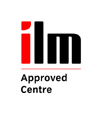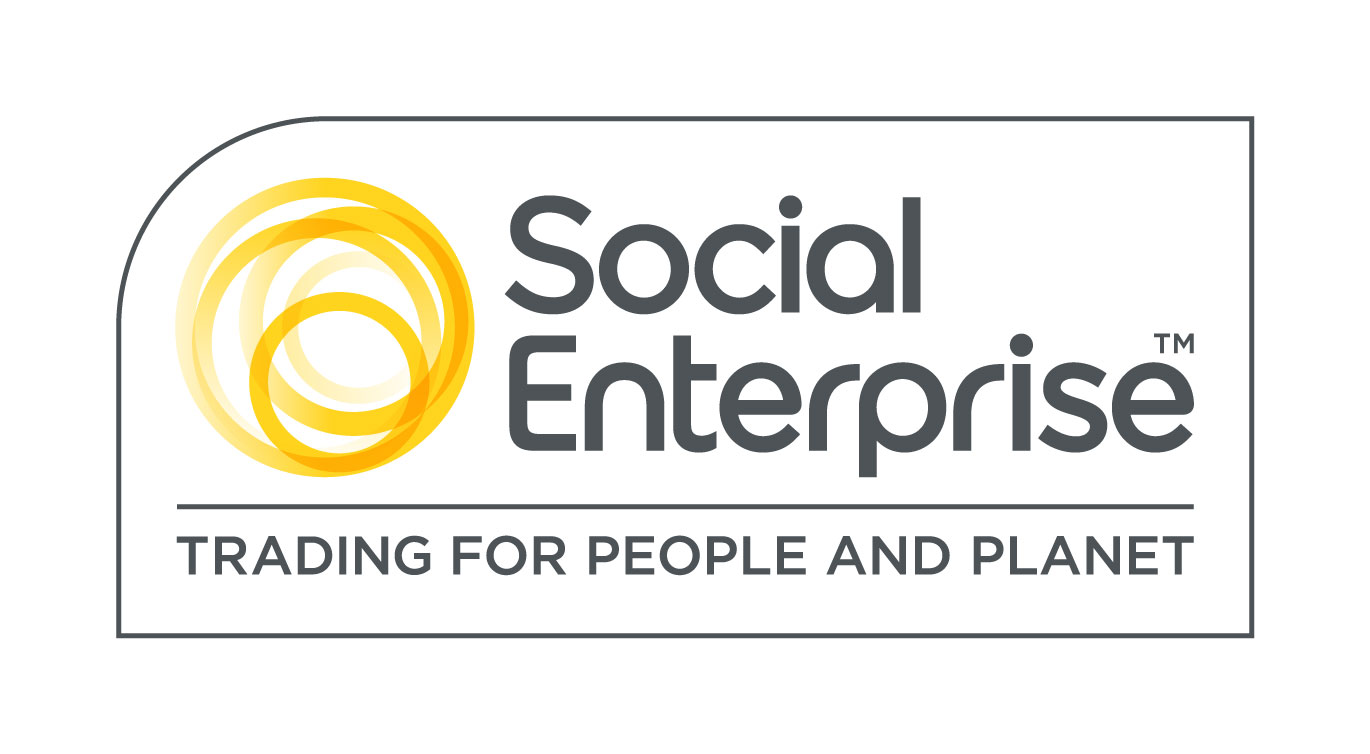National Insurance
Most people who work have to pay National Insurance contributions (NICs).
National Insurance is distinct from income tax paid as an employed or self-employed individual.
NICs are collected by HM Revenue & Customs (HMRC) and go towards benefits, such as a state pension and unemployment benefit. The class of NICs an individual pays can affect their entitlement to benefits.
There are different types of National Insurance contributions (NICs). Some are paid at a flat rate, others are linked to earnings.
Class 1 NICs
Employers are responsible for calculating, deducting and paying Class 1 primary NICs, or employees’ contributions, to HMRC on behalf of all employees, including directors, earning above the earnings threshold. These must be deducted from their salary.
Employers must also calculate and pay Class 1 secondary NICs, or employers’ contributions, for all employees earning above the earnings threshold. And employers must keep adequate records showing how their NICs were calculated and what payments have been made for each employee.
Class 1A NICs
Employers must calculate and pay Class 1A NICs due on taxable benefits given to employees, such as company cars or health insurance. These must be declared on form P11D annually and a copy given to the relevant employee by 6 July after the end of the tax year.
Class 1B NICs
These are only paid by employers who have a PAYE Settlement Agreement with HMRC.
Class 3 NICs
These are paid voluntarily by individuals who want to protect their right to certain benefits, for which they have not yet made sufficient contributions. Individuals are responsible for finding out if they need to pay Class 3 NICs and for setting up a method of payment.
Class 2 NICs
Most self-employed people pay Class 2 NICs, unless they earn too little or have a certificate of exception. These are paid weekly at a flat rate by the self-employed, unless they earn too little or have a certificate of exception. They are collected by HMRC, either by quarterly bills or by direct debit.
Class 4 NICs
Class 4 NICs are paid in addition to Class 2 NICs by self-employed people who make a profit over a certain limit in the tax year. Self-employed people declare their profits annually on a self-assessment tax return.
Company Directors
As a director of your own limited company you are liable for Class 1 National Insurance contributions (NICs) on your earnings like any other employee.
Therefore, in your capacity as your own employer, you must calculate the Class 1 primary contributions due; deduct them from your salary and forward payment to HMRC.
The company, as your employers, must also calculate the relevant secondary contributions and forward these to HMRC.
If you have director status in your company, you should be aware that your Class 1 contributions are calculated differently to those of employees, as
Copyright © 2005 MMI
By Dean Shepherd, www.mmi-online.com
Need Help?
Our business coaches are here to help. Find out more about our business coaching services or email us at [email protected] to arrange a chat with one of our coaches.





